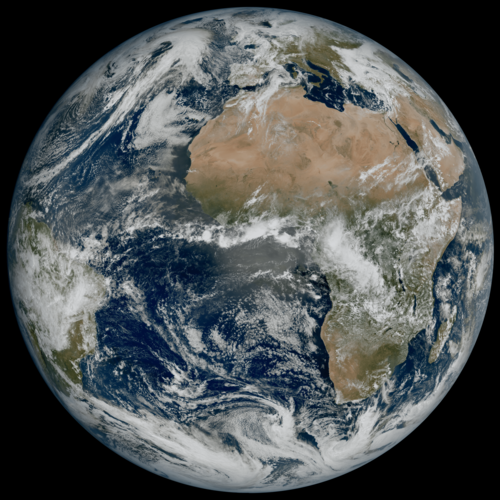
9) Forest fires and carbon emissions
Forest fires are a crucial part of the carbon cycle and an important component of many forest ecosystems. But as temperatures rise and weather patterns become more extreme, forests are increasingly susceptible to ignition and the rapid spread of larger and more intense wildfires, with temperate and boreal forests seeing a rapid rise in burned area since 2001.
These fires release vast amounts of carbon dioxide into the atmosphere – exacerbating global warming until their regrowth can return the carbon back into the forest.
In addition to their role in the carbon cycle, forest fires have immediate and direct impacts on human health. The smoke generated by wildfires contains a complex mixture of pollutants, including particulate matter and carbon monoxide, which can degrade air quality and pose significant health risks.
The relationship between forest fires and climate change has feedback loops that act on different timescales. As the climate warms, many forests are becoming drier and more prone to ignition, leading to more frequent and severe wildfires.
These fires, in turn, release more carbon dioxide into the atmosphere, intensifying global warming and creating conditions conducive to even more fires. Most forests are also responding to climate change by growing more quickly in the warmer climate, with their growth also boosted by higher levels of carbon dioxide in the atmosphere. Whilst this faster growth is removing more carbon from the atmosphere, it is also producing a larger fuel supply for wildfires to burn through.
ESA’s World Fire Atlas maps the distribution of individual fires taking place at both a national and global scale. Through its interactive dashboard, users can compare the frequency of fires between countries as well as analyse the evolution of fires taking place over time, thanks to data from the Copernicus Sentinel-3A satellite.
10) Running AMOC – the Atlantic Meridional Overturning Circulation and climate patterns
The Atlantic Meridional Overturning Circulation (AMOC) is a critical oceanic conveyor belt system that transports heat from the tropics to the North Atlantic. This process helps regulate global climate patterns, influencing weather, ocean circulation and marine ecosystems worldwide.
However, some studies suggest that climate change is weakening the AMOC, primarily due to increased freshwater input from melting polar ice.
The potential consequences depend on how much the AMOC weakens. Some regions in the Atlantic could experience a rise in sea levels, Europe could see colder winters and altered precipitation patterns. The consequences of AMOC disruption could extend far beyond the Atlantic region, affecting weather patterns in North America, Africa and beyond.
Most studies of the AMOC use computer models and historical data to predict the AMOC’s collapse. Satellite instruments like the Copernicus Sentinel-6 satellite measure changes in sea surface height, while Sentinel-3 contributes to monitoring ocean sea surface temperature, geostrophic circulation and sea ice distribution, and ESA’s SMOS mission takes a closer look at salinity.
Combined, these instruments provide crucial parameters for understanding the density and movement of ocean waters.



